We offer a bundle including all necessary components for this project in our shop.
RPI SOUND SYSTEM WITH 7 INCH TOUCHSCREEN CONTROL
Control your audio system with a touchscreen! We show you how you can build a budget setup with a Raspberry Pi and Max2Play.
 Max2Play
Max2Play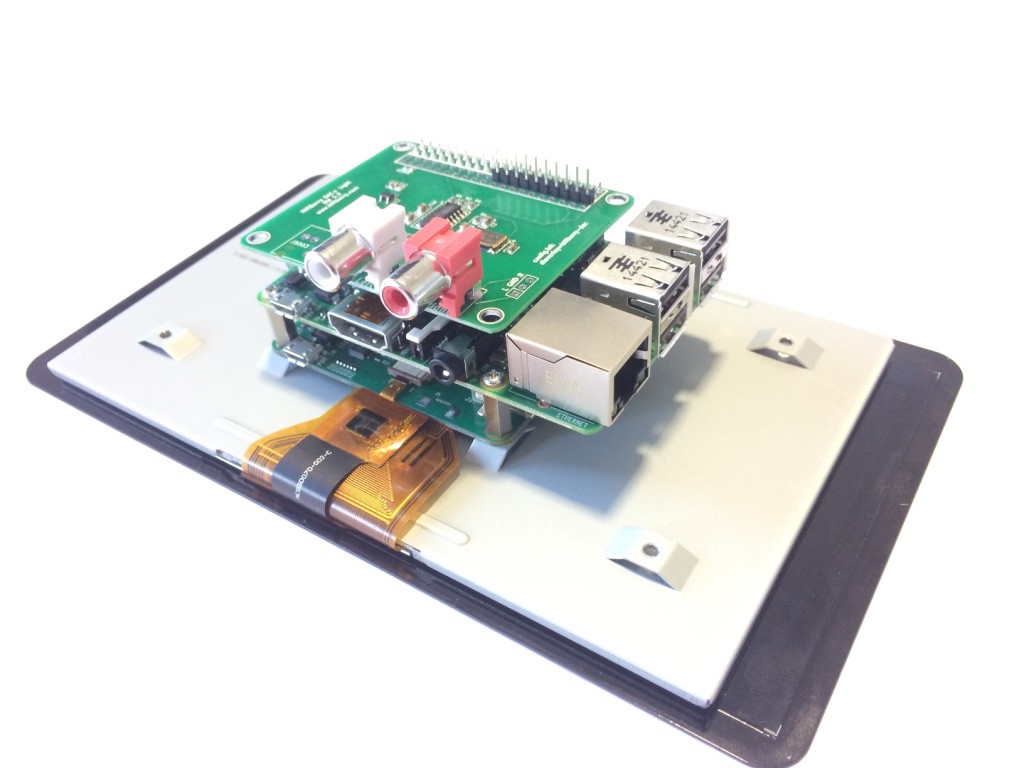
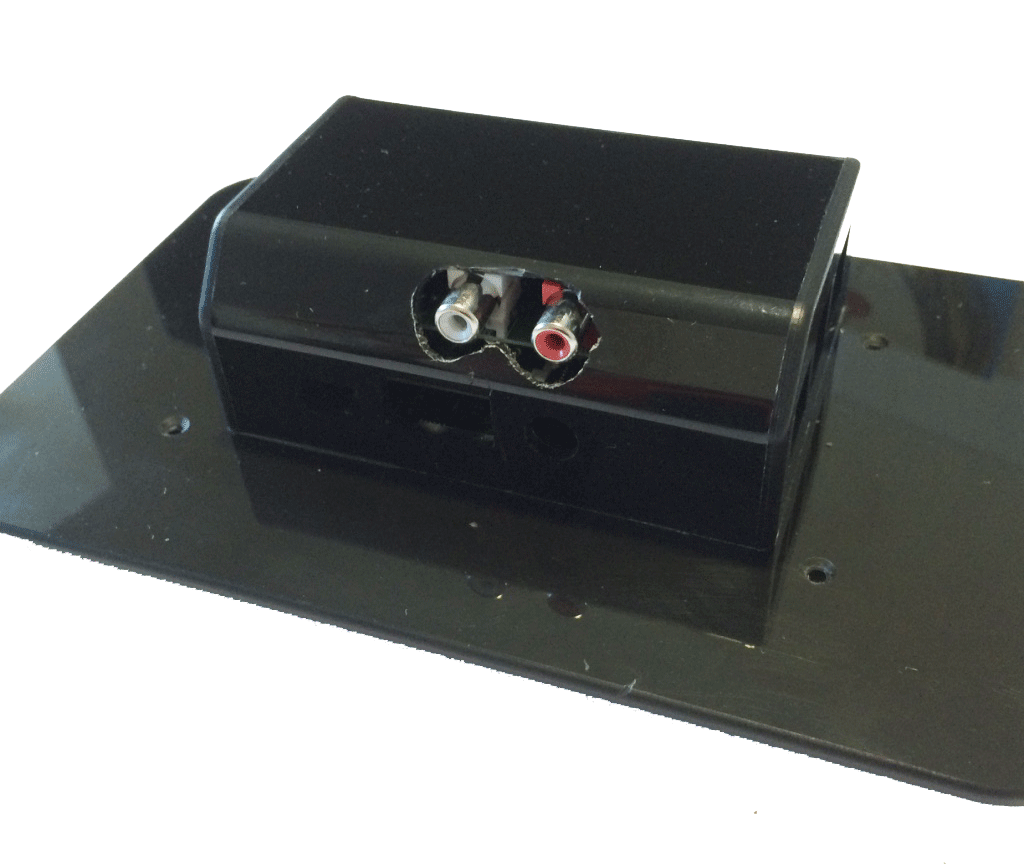
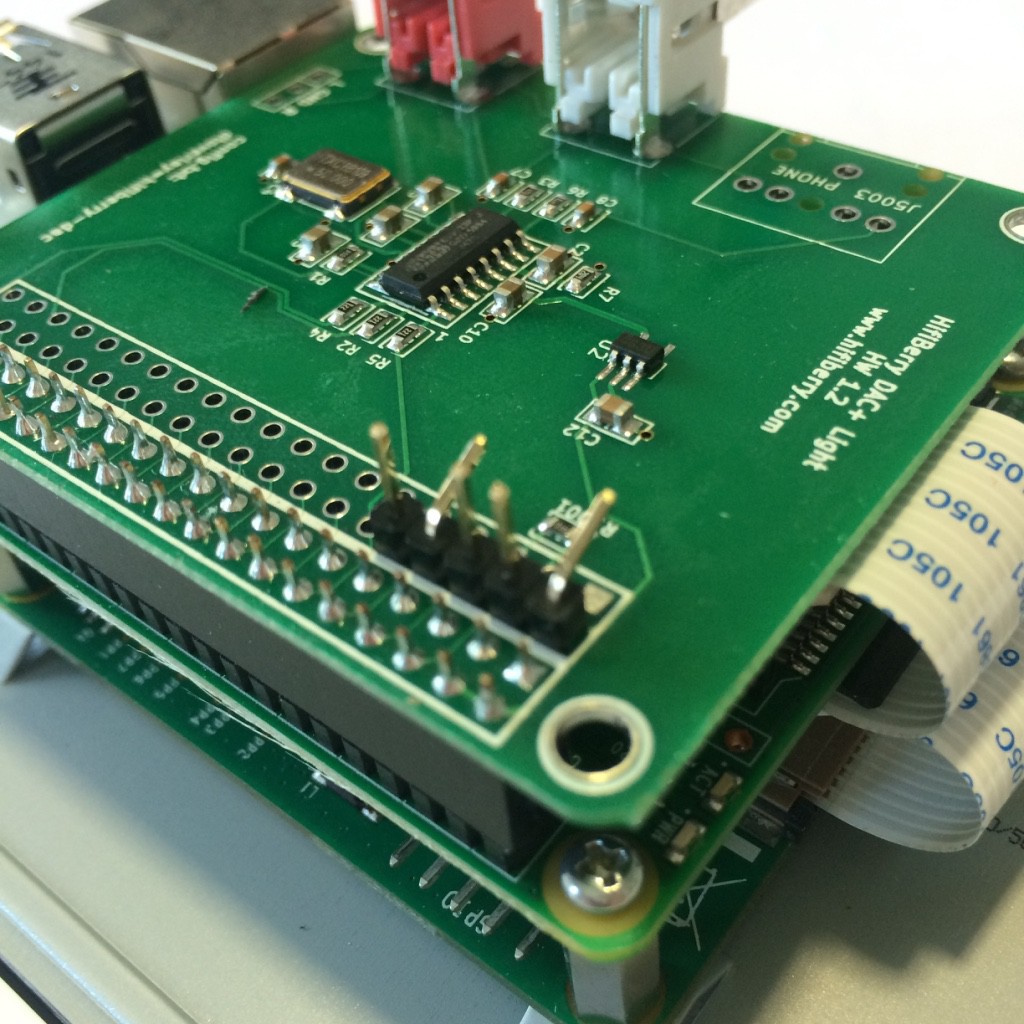
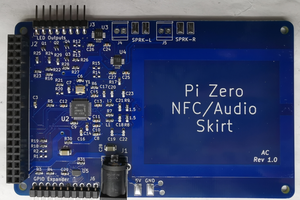
 CircuitMonster
CircuitMonster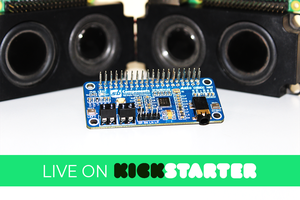
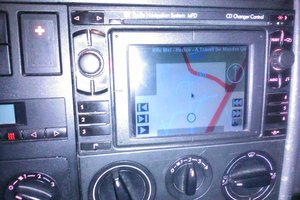
 Robert Pohlink
Robert Pohlink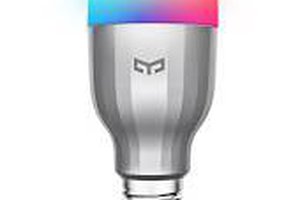
 Johan Winer
Johan Winer